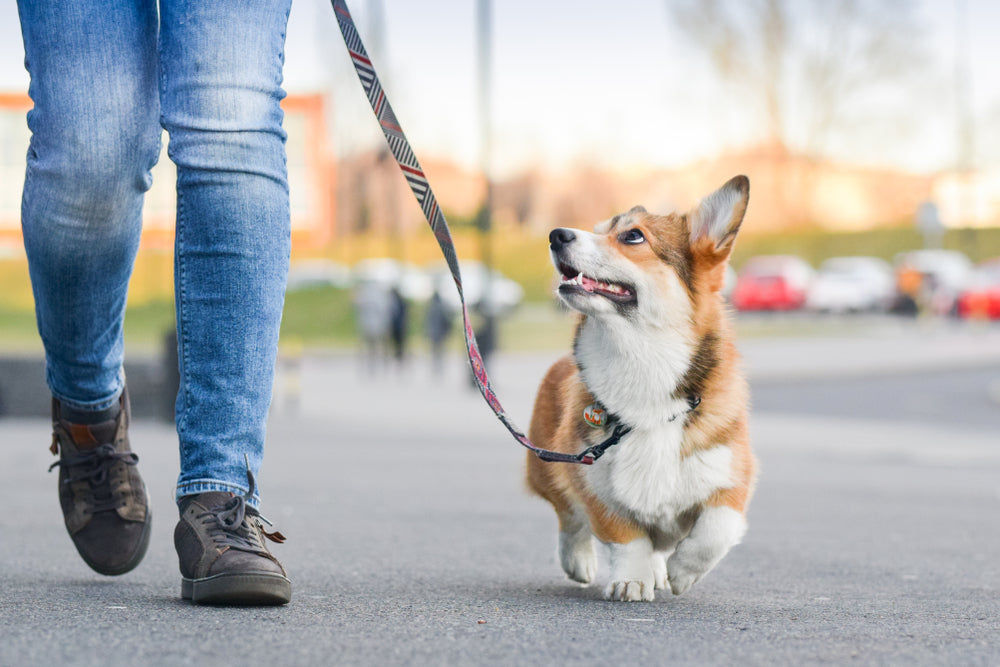Leash training is an essential skill for any dog owner. Not only does it ensure the safety of your furry friend, but it also allows for enjoyable walks and outings. Whether you have a new puppy or an older dog, leash training can be a rewarding experience for both of you. In this guide, we will provide you with step-by-step instructions on how to leash train your dog effectively.
Why is leash training important?
Leash training is crucial for several reasons. Firstly, it helps to establish a bond between you and your dog, as you work together towards a common goal. Secondly, it ensures the safety of your dog by preventing them from running into dangerous situations or getting lost. Lastly, leash training allows for more enjoyable walks, as your dog learns to walk calmly by your side.
Step 1: Introduce the leash
Start by introducing your dog to the leash in a positive and calm environment. Allow them to sniff and investigate the leash before attaching it to their collar or harness. Gradually increase the amount of time your dog spends wearing the leash, rewarding them with treats and praise for their calm behavior.
Step 2: Loose leash walking
Once your dog is comfortable wearing the leash, it's time to start teaching them how to walk on a loose leash. Begin in a quiet area with minimal distractions. Hold the leash loosely and encourage your dog to walk beside you. If they start to pull, stop walking and wait for them to come back to your side. Reward them with praise and a treat when they do.
Step 3: Positive reinforcement
Positive reinforcement is key to successful leash training. Whenever your dog walks calmly on a loose leash, reward them with treats, praise, or a favorite toy. This positive association will motivate them to continue exhibiting the desired behavior.
Step 4: Addressing pulling
If your dog starts to pull on the leash, it's important to address this behavior. Stop walking and wait for them to relax the tension on the leash. Once they do, resume walking. Consistency is key here, as your dog will learn that pulling does not lead to forward movement.
Step 5: Gradual exposure to distractions
As your dog becomes more proficient at loose leash walking, gradually expose them to more distractions. Start with low-level distractions, such as other dogs or people at a distance, and gradually work your way up to more challenging situations. Remember to reward your dog for maintaining their focus and walking calmly.
Step 6: Practice, practice, practice
Leash training is an ongoing process that requires patience and consistency. Make sure to practice regularly, gradually increasing the difficulty level as your dog improves. Remember to always use positive reinforcement and reward your dog for their progress.
By following these steps and investing time and effort into leash training, you can ensure that your dog becomes a well-behaved and enjoyable walking companion. Remember to be patient, as every dog learns at their own pace. Happy training!

